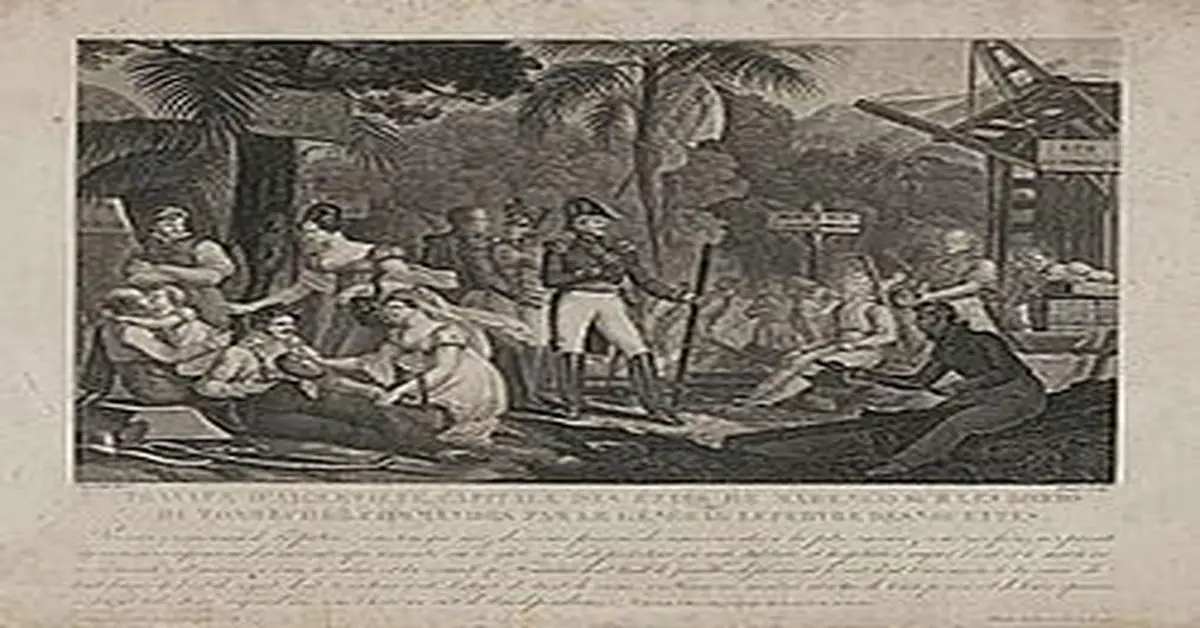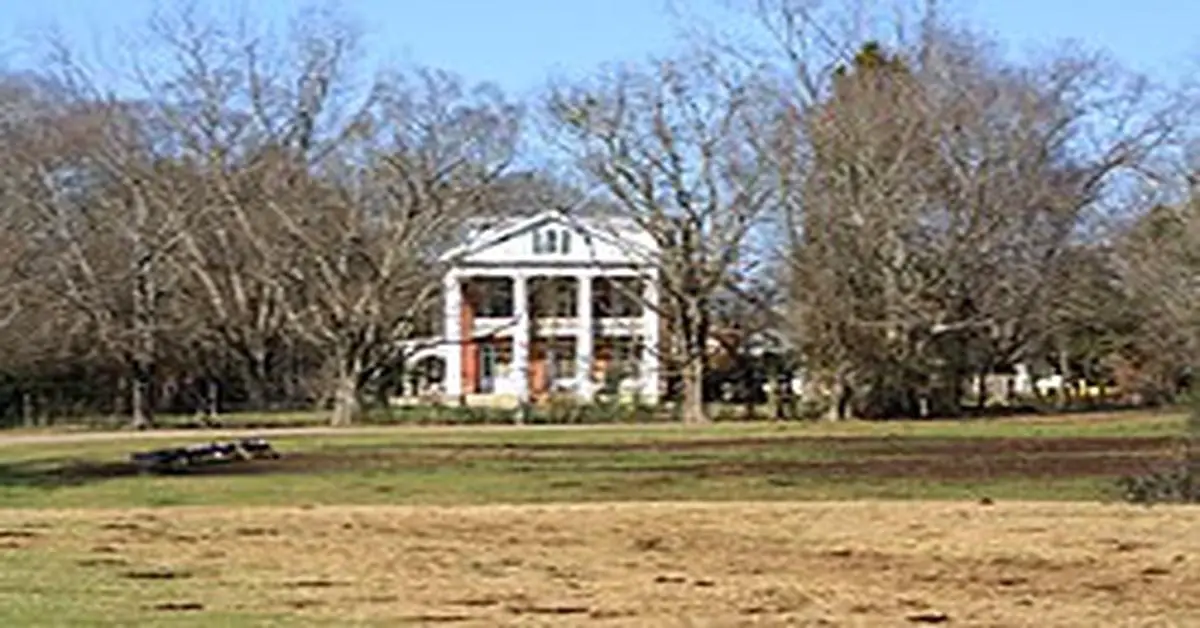Pansey, Alabama, was once a bustling farming community that was a beacon of prosperity in the late 1800s. With a railroad stop, multiple stores, a feed mill, a cotton gin, and a two-story schoolhouse, the town was a hub of activity that attracted many residents and visitors alike.
However, Pansey is a mere shadow of its former self today, with only a few long-time residents, boarded-up stores, an old mill, and a church.
The decline of Pansey’s fortunes has been attributed to the decline of farming in the area, which has led to the town’s current state of abandonment and desolation.
In this article, we will delve into the history of Pansey, Alabama, exploring its rise and fall and the factors that contributed to its decline. We will also examine the current state of Pansey and its prospects, shedding light on the challenges and opportunities that lie ahead for this once-thriving town.
History and Rise
The historical background of Pansey, Alabama, reveals that the town was once a prosperous farming community with a diverse range of amenities. It had several stores, a feed mill, a cotton gin, a two-story schoolhouse, a doctor, and a railroad stop. The town’s name was derived from the first postmaster’s daughter and was incorporated in the late 1800s.
Pansey was a vibrant community, and its notable landmarks included several stores, a feed mill, a cotton gin, a two-story schoolhouse, and a doctor’s office. Pansey also had several notable residents, although their stories have been lost.
The town’s decline is attributed to the decline of farming in the area, which led to a population decrease and the closure of many businesses. Today, Pansey is a ghost town with a very small population of long-time residents. Despite its decline, the town still has a volunteer fire department, several boarded-up stores, an old mill, and a church.
Factors Contributing to Decline
One factor contributing to the decline of this community was the decreasing viability of farming in the surrounding area. As economic changes occurred, many smaller farms could not compete with larger, more efficient operations. This led to decreased agricultural production and employment opportunities, which affected the local economy.
The decline of farming also had a ripple effect on other industries in the area, such as the cotton gin and feed mill, which relied on the success of the agricultural sector. Despite these challenges, the community responded by attempting to diversify its economy and attract new businesses.
However, these efforts were largely unsuccessful, and the town struggled. Many residents were forced to leave in search of better opportunities elsewhere, and the population of Pansey has remained small ever since. Today, the town is a shadow of its former self, with boarded-up stores and abandoned buildings as a reminder of a bygone era.
Current State and Future Prospects
Despite the town’s economic decline, there may be a glimmer of hope for its future with the potential for new industries to take root and blossom, like a seed waiting to sprout. Revitalization efforts are underway, with community involvement playing a key role in the town’s rejuvenation. While the town may never return to its former glory, several promising signs of progress give hope for a brighter future.
Firstly, efforts are being made to restore some of the town’s historic buildings, such as the old mill and the schoolhouse. These restoration projects preserve the town’s rich history and attract tourists and potential investors.
Secondly, there is a growing interest in sustainable agriculture and small-scale farming, which could provide a new source of income for the town’s residents.
Thirdly, the town’s location near major highways and transportation hubs makes it attractive for businesses looking to establish a presence in the area.
Finally, the town’s volunteer fire department and strong sense of community spirit demonstrate its resilience and determination to overcome its challenges.
Frequently Asked Questions
How many people currently live in Pansey, Alabama?
The current population of Pansey is not provided in the text, but it is known that the town has a very small population of long-time residents. Demographic changes are not discussed.
What was the main crop grown in Pansey during its heyday?
During Pansey’s heyday, the main crop grown was cotton, which significantly impacted the local economy. Technological advancements in farming led to the town’s decline as farming became less profitable.
Are there plans to revitalize the town and attract new businesses or residents?
Revitalization efforts in Pansey involve community involvement to attract new businesses and residents. However, no specific plans have been reported. The decline of farming, lack of infrastructure, and small population pose challenges for the town’s revival.
What was the primary reason for the decline of farming in the area?
The primary reasons for the decline of farming in Pansey were environmental factors, such as droughts and soil erosion, and economic changes, such as competition from larger farms and declining demand for certain crops.
Have any notable events or incidents occurred in Pansey’s history, such as natural disasters or major economic booms?
There are no notable events or incidents recorded in Pansey’s history. However, the town faced economic hardships during The Great Depression and the impact of railroads, which contributed to the decline of the once-thriving farming community.


